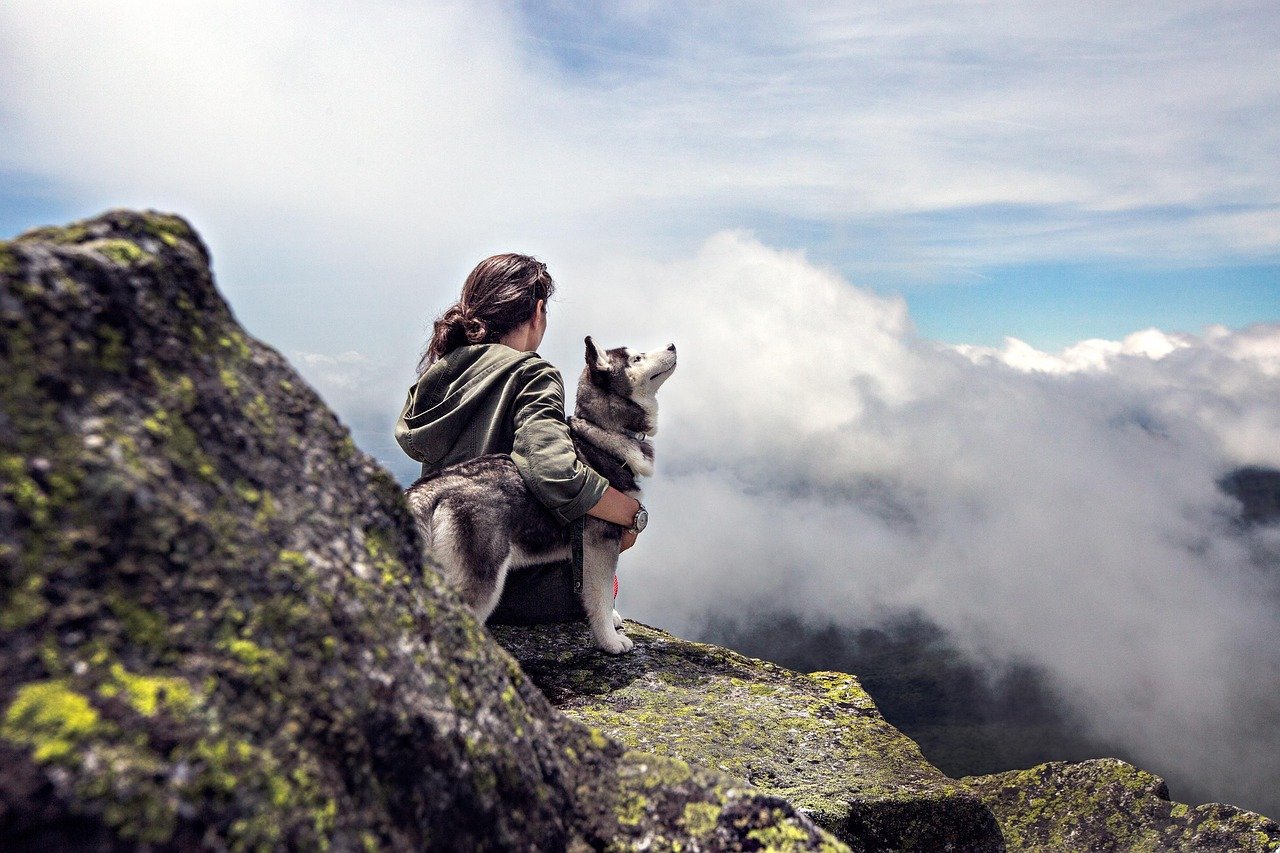Have you ever felt your heart race because your dog just won’t calm down, especially when another pup walks by? You’re not alone. Having a reactive dog can feel like riding a rollercoaster you never meant to board. Their barking, lunging, or anxious pacing can make daily walks a challenge and leave you feeling helpless or embarrassed. But here’s something amazing: with a few simple changes, you can help your furry friend find their calm and turn tension into trust. Let’s dive into twelve easy, heartfelt ways to help your reactive dog finally relax—and maybe bring a little peace back into your life, too.
Understand What Triggers Your Dog
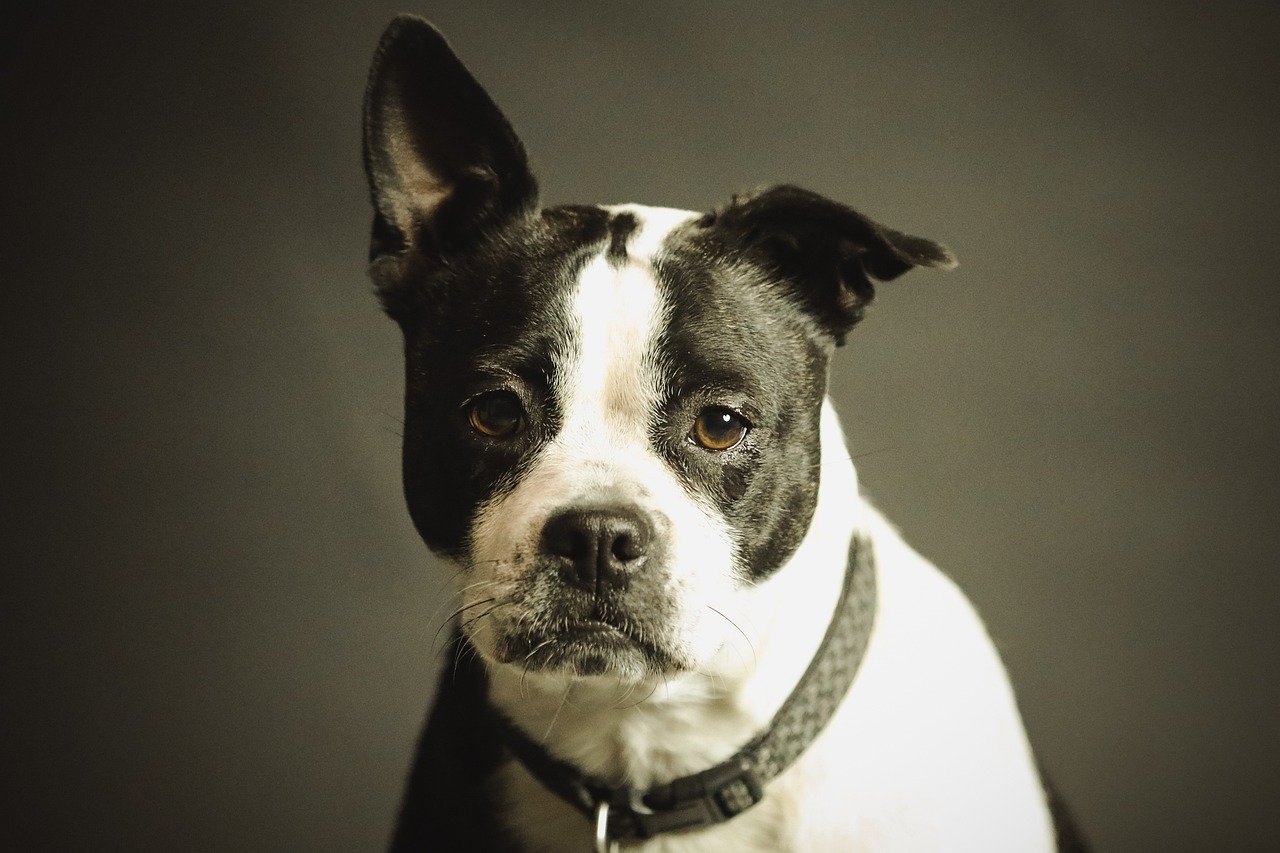
Every reactive dog is different. Some bark at skateboards, others at strangers or even the mailman’s footsteps. The first step to helping your dog relax is figuring out what sets them off. Pay close attention to their body language. Do their ears perk up when they see another dog? Does their tail tuck when a loud truck passes by? Keep a little diary—write down what happens right before your dog reacts. You might start to notice patterns. Understanding these triggers is like being handed a map; you’ll know when to prepare, distract, or avoid certain situations. Remember, your dog isn’t being difficult on purpose—they’re just overwhelmed. By understanding them, you’re already making their world a little easier.
Use Distance To Your Advantage
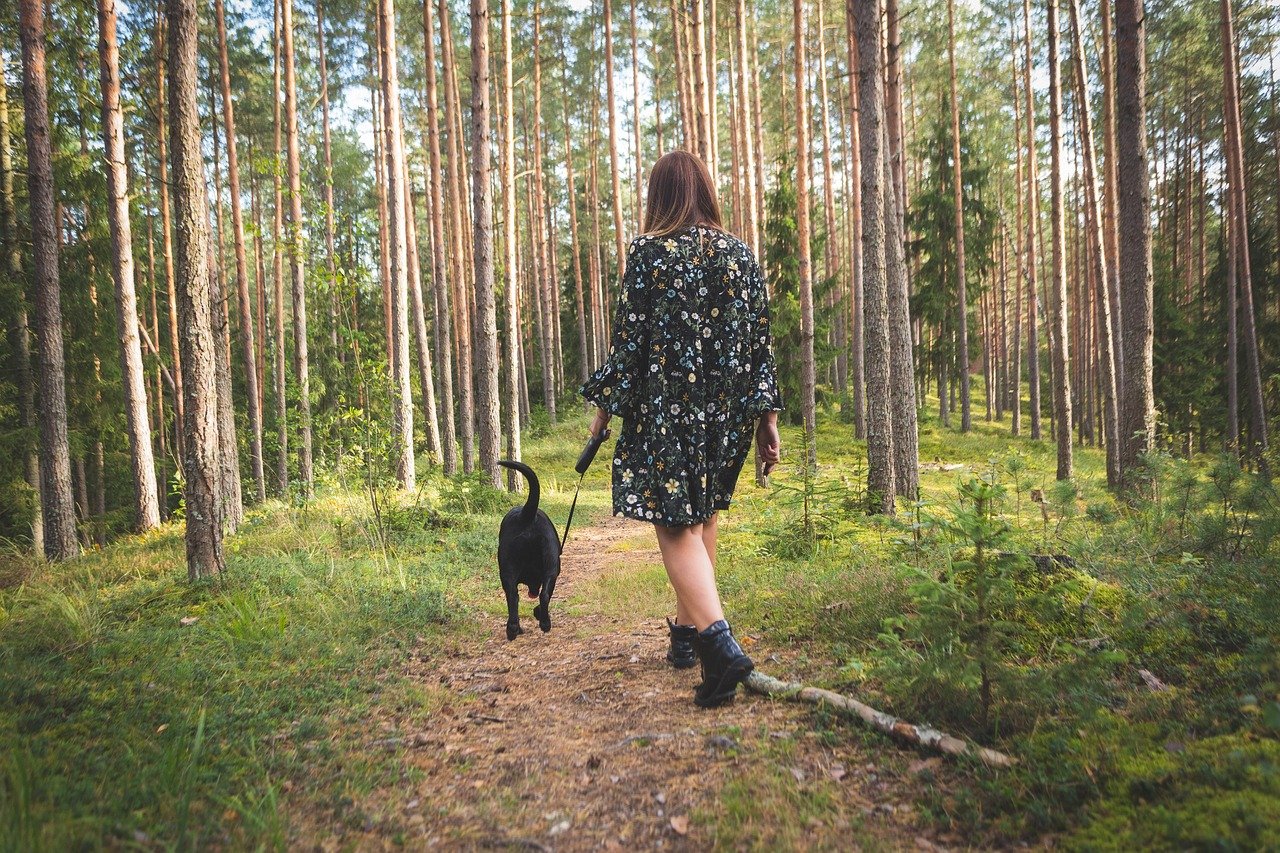
Imagine if you were scared of spiders, and someone kept pushing you closer to one. Yikes, right? Dogs feel the same way about their triggers. One of the simplest ways to reduce their stress is by increasing the distance between your pup and the thing that upsets them. If your dog barks at other dogs, cross the street or walk in a different direction. If crowds make them nervous, choose quieter paths or visit the park during off hours. Distance acts like a buffer, making scary things seem less threatening. Over time, you might notice your dog glancing at triggers but not reacting as strongly. That’s a huge win!
Reward Calm Behavior
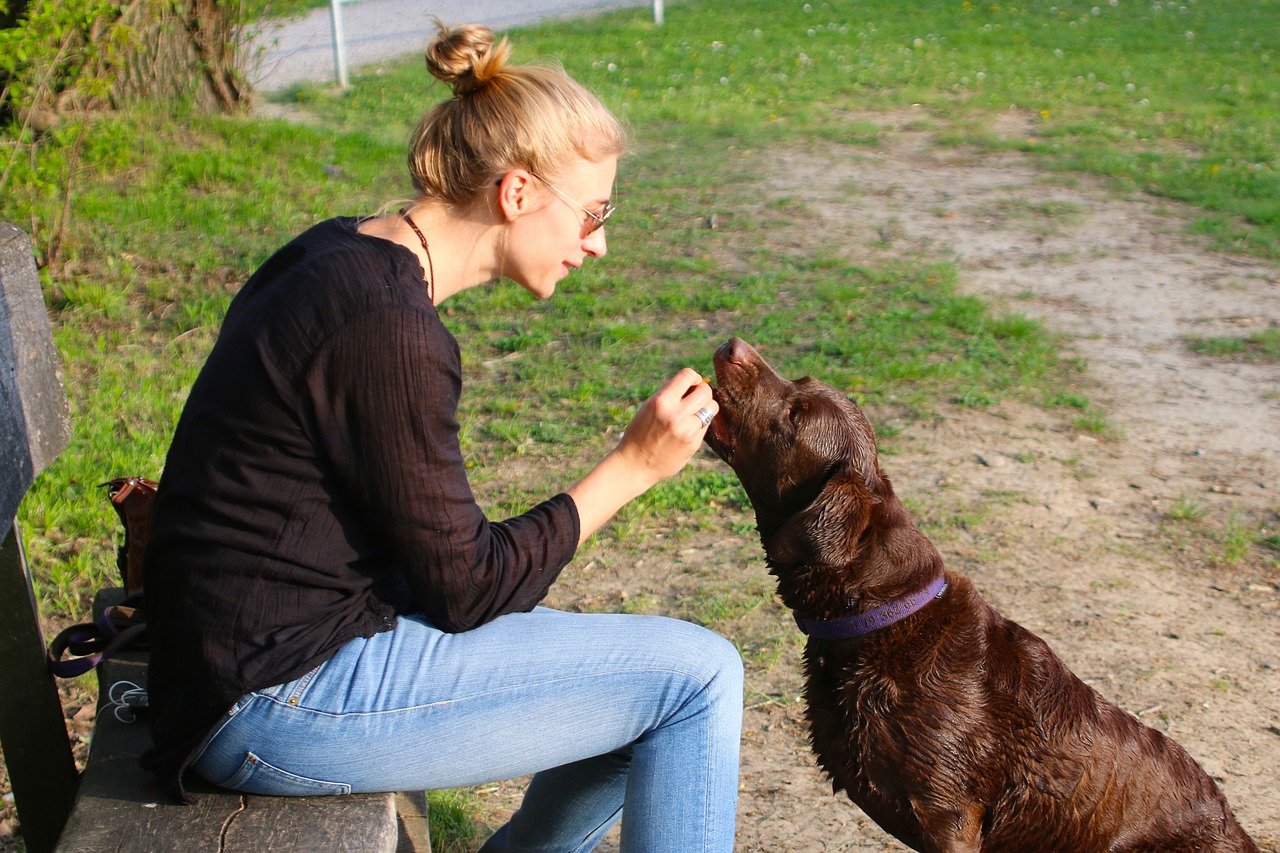
Dogs love to be praised, especially when they’re doing something right. Carry a handful of small, delicious treats on your walks or during training. When your dog notices a trigger but stays calm—even for just a second—reward them immediately. You can use treats, gentle words, or a quick scratch behind the ears. This teaches your dog, “Hey, staying calm gets me good stuff!” Eventually, your dog will start looking to you for direction instead of reacting automatically. It’s a bit like teaching a child to say “please” and “thank you”—with patience and positive reinforcement, good habits start to stick.
Teach a Reliable Focus Cue
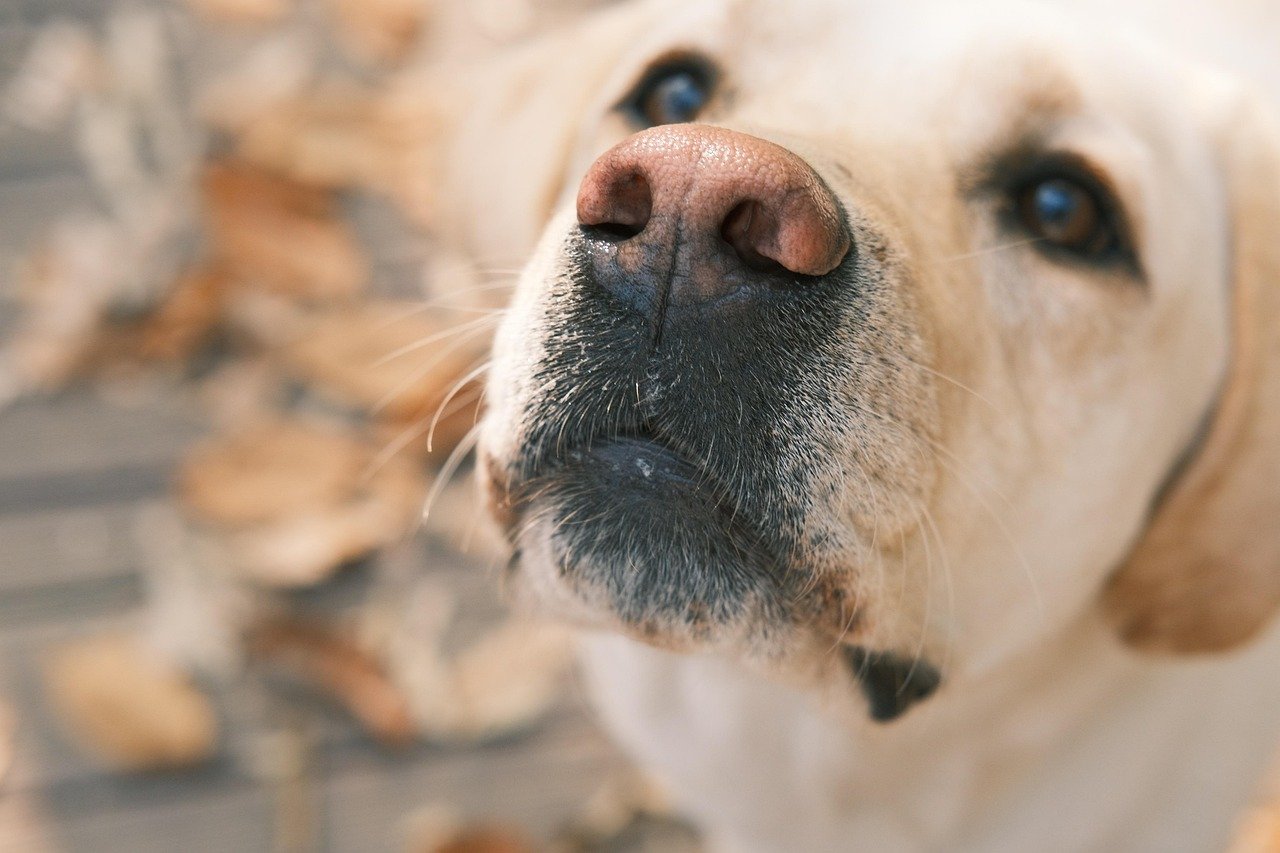
A focus cue—like “watch me” or “look”—can be a lifesaver for reactive dogs. Start practicing this cue in quiet, low-stress environments. Hold a treat near your eyes and say “watch me.” When your dog makes eye contact, reward immediately. Gradually practice this around mild distractions, working up to more challenging ones. This skill helps your dog tune out the chaos and pay attention to you instead. It’s like giving them an anchor in a storm. Plus, it helps you feel more in control, too. Having that eye contact can make all the difference when things get overwhelming.
Stay Calm Yourself
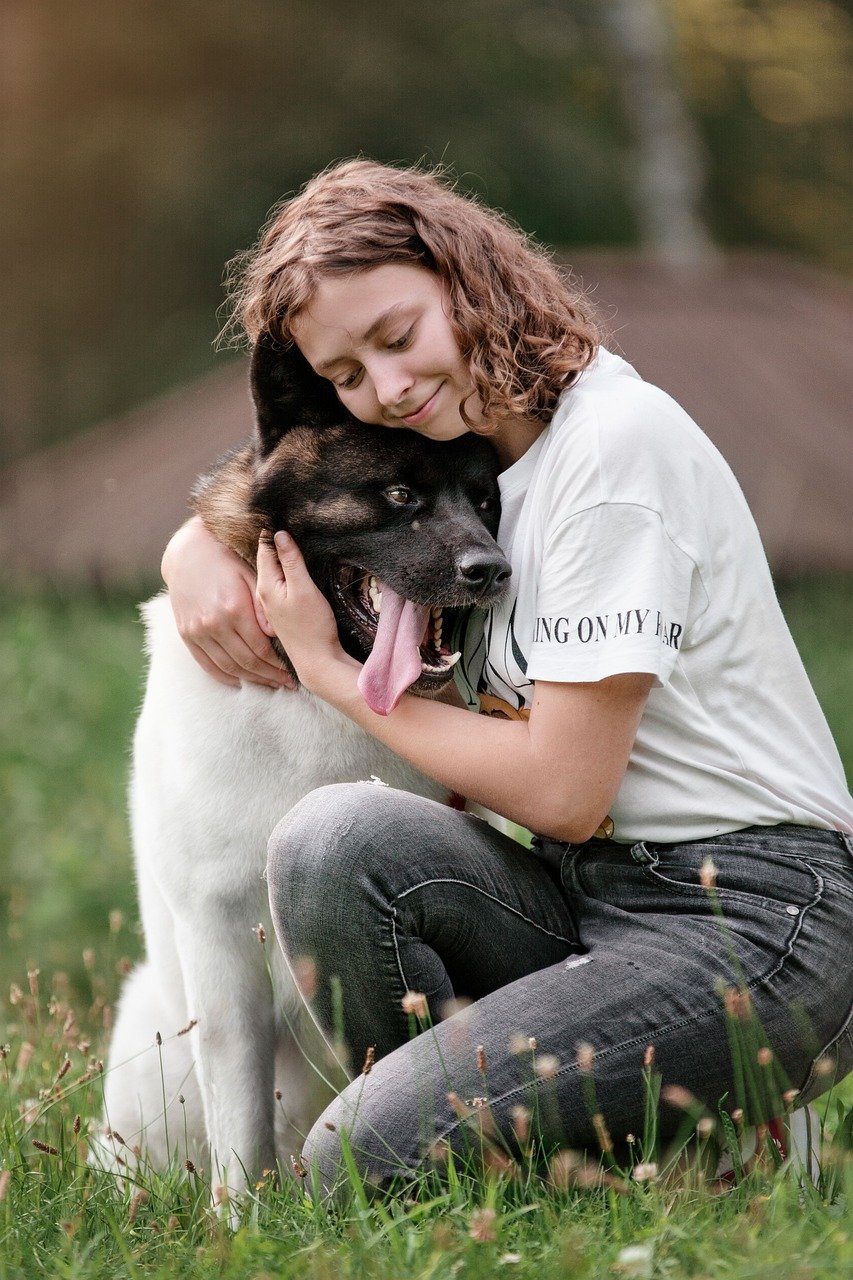
Ever noticed how your dog seems to pick up on your emotions? If you’re tense or anxious, your dog will sense it and might become even more reactive. Try to stay relaxed and breathe deeply, even if your dog starts to act up. Speak in a soft, friendly tone. If you feel frustrated, remember that your dog is doing their best—they’re not trying to embarrass you. Sometimes, I hum a silly tune or count my breaths to stay calm. Your dog will look to you for cues, so being their calm leader can help them feel safer in tough situations.
Provide Plenty of Exercise
A tired dog is a happy dog—and often a less reactive one. Make sure your pup gets enough physical activity each day. This could be a long walk, a game of fetch in the backyard, or even a quick jog. Exercise helps burn off nervous energy that can build up and explode as reactivity. Not every dog needs the same amount, so pay attention to your dog’s needs. Just like people, some dogs are couch potatoes while others are born athletes. Find what works for your pup and stick with it. You’ll likely see a calmer, more content companion.
Try Enrichment Activities
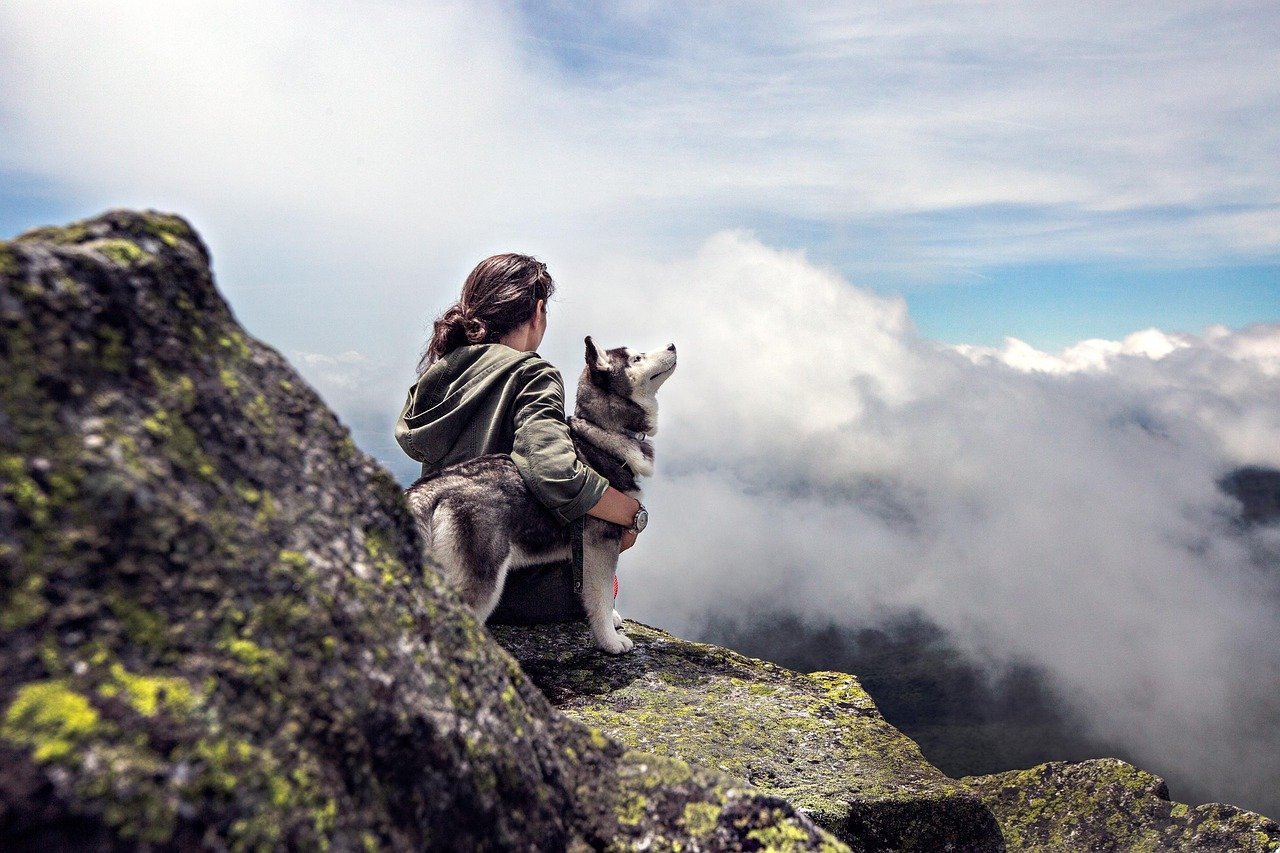
Mental stimulation is just as important as physical exercise. Give your dog puzzle toys, treat-dispensing balls, or hide-and-seek games with their favorite snacks. These activities challenge their brain and keep them busy, making it less likely for them to focus on their triggers. You can also teach new tricks or practice basic obedience skills at home. Even simple things like sniffing around the yard can help. Think of these as crossword puzzles for your dog—they’ll be tired and satisfied after working out their brains!
Use Calming Tools and Products
Sometimes, a little extra help goes a long way. Calming collars, snug-fitting anxiety wraps, or pheromone diffusers can all help take the edge off for some reactive dogs. You might also try relaxing music, which some pups find soothing. These aren’t magic fixes, but they can be helpful tools in your relaxation toolkit. Every dog is different, so you may need to experiment to see what works best. If you’re unsure, ask your vet for recommendations. Sometimes small changes can make a big difference in your dog’s comfort.
Practice Desensitization and Counterconditioning
This might sound complicated, but it’s just a fancy way of saying “help your dog get used to what scares them, little by little.” Start with the trigger at a distance where your dog stays calm. Give them treats and praise for being relaxed. Gradually decrease the distance over time, always making sure your dog is comfortable. It’s like dipping your toes in a cold pool before diving in—you give your dog a chance to adjust at their own pace. This process takes patience, but it can lead to big improvements.
Prevent Overstimulation
Sometimes, less is more. Too many sights, sounds, or smells can overwhelm your dog, making them more likely to react. If your dog seems frazzled, try shorter walks or quieter environments. At home, create a peaceful space with their bed, toys, and maybe a soft blanket. Give them time to decompress after exciting outings. I always think of it like coming home after a long, noisy party—you just want to curl up and relax. Your dog feels the same way, so offer them that safe haven.
Stay Consistent With Your Routine
Dogs thrive on routine and predictability. Try to keep feeding, walks, and playtime at the same times each day. A reliable schedule helps your dog feel secure, knowing what to expect. If your routine changes suddenly, your dog might feel anxious or unsettled, which can increase reactivity. Of course, life happens, but aim for consistency as much as possible. Even little rituals, like a special word before mealtime or a bedtime treat, can help your dog relax. Consistency builds trust—and trust is the foundation for a calmer dog.
Seek Professional Help When Needed
Sometimes, despite your best efforts, your dog’s reactivity might feel out of your control. And that’s okay. Don’t hesitate to reach out to a professional dog trainer or a veterinary behaviorist, especially if your dog’s reactions are severe or dangerous. These experts can provide personalized guidance and support, using science-based methods tailored to your dog’s needs. Asking for help isn’t a sign of failure—it’s a step toward better understanding and helping your best friend. Remember, even the most devoted dog lovers need backup sometimes.

